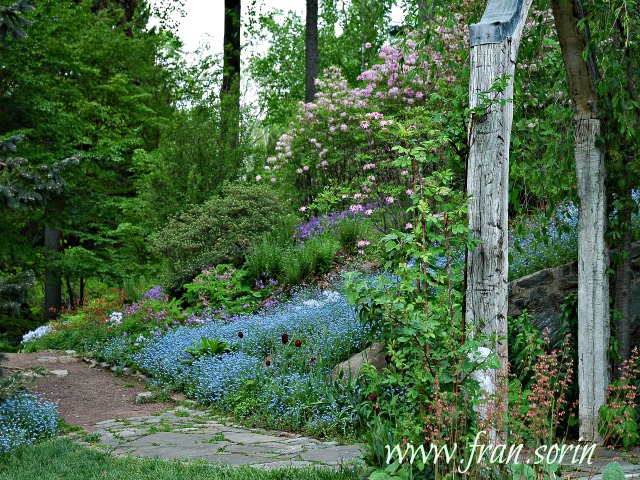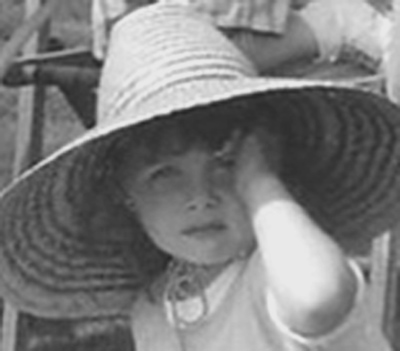
This old map from 1936 was supposedly the first to designate national hardiness zones. It divides the continental USA and Canada into 9 hardiness zones, and it doesn't include Alaska or Hawaii. This is a different system, so the numbers are completely different from more recent maps with finer divisions - they usually put Austin in zone 8B, and my old garden in Illinois into zone 5.
You might like to check out a recent thread titled "Hardiness Zone Changes" on the Texas Forum of GardenWeb . A member has posted a map from 1960 that was different from the 2006 Arbor Day version.
Added Oct 17 - I apologize for not finding and adding the key for this system when I first posted the map. All zone numbers are based on "the average minimum temperature of the coldest month" and are expressed in Farenheit degrees.
Zone 1 average minimum temperature is zero or below. [spruce and fir forests]
Zone 2 average minimum temperature is zero to 10º above. [red & white pine]
Zone 3 average minimum temperature is 10º t0 20º above [beech-birch-maple]
Zone 4 average minimum temperature is 20º t0 25º above [box and English holly]
Zone 5 average minimum temperature is 25º t0 30º above [beginning of Southern plants]
Zone 6 average minimum temperature is 30º t0 40º above [upper limit for cotton]
Zone 7 average minimum temperature is 40º t0 50º above [great cotton belt]
Zone 8 average minimum temperature is 50º t0 60º above [relatively safe for citrus]
Zone 9 average minimum temperature is 60º or above [some frost-free, some rare frost]
According to this map, Austin would be on the border of zone 7, with an average annual minimum temperature of 40º t0 50º above; on the 2006 Arboretum map Austin is listed as zone 8B with an average annual minimum temperature of 15º t0 20º above zero F. The areas where certain plants survive according to the key seem similar to today - did the term average minimum temperature mean something different in 1936?
If any additional information comes up I'll post it.







































.JPG)




































































